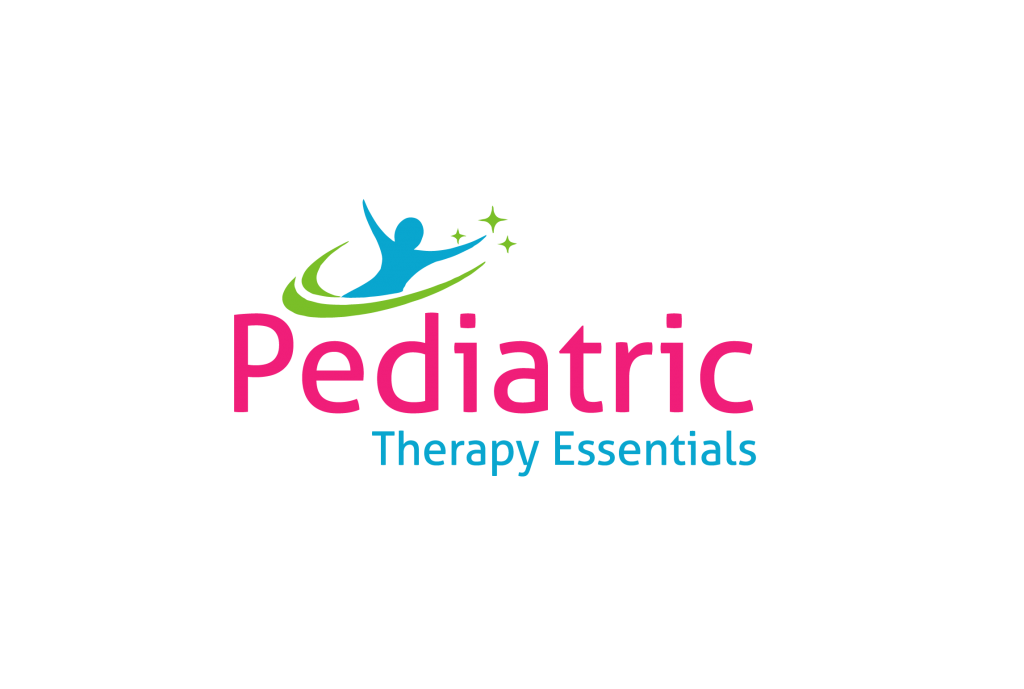The kneeling position is the most effective tool that I have in my therapy tool bag. This one simple position can help improve the strength, stability, and balance in children and adults. The beauty of this position is that with the appropriate tools and materials children of all ability levels can benefit significantly from this position.
There are 2 types of keeling to choose from, tall and half kneeling. Let’s begin with tall kneeling, which is the easier of the two positions.
Tall Kneeling
Position: In this position, you are essentially standing on your knees. To ensure maximal benefit in this position, alignment is imperative. In the tall kneeling position, keep your knees shoulder width apart. Ensure that your ear, shoulder, and hip are in a line. Weakness in the gluteal and lower core muscles can cause the individual to lean forward and be unable to maintain an upright position.
Muscles Used: The primary group of muscles used in the tall kneeling position are the gluteal muscles. To maintain this position, your gluts are firing to keep your hips extended and prevent you from falling forward. Muscles in our bodies don’t work in isolation. So, the gluts are the primary muscles but the core muscles, quads, hamstrings, and hip abductors and adductors are also working.
Incorrect Position: When the gluts and muscles of the hip and lower core are weak, maintaining the position of tall kneeling is difficult. So, kids will often lean forward and stick their bottom out to accommodate.
How/When I Use it in Therapy: Children with neurologic conditions very often have weak core and gluteal muscles. I use tall kneeling as a form of strengthening these muscles all at once. With the right support and equipment, children of all ability levels can work in the tall kneeling position.
Half Kneeling
Position: The half kneeling position is more challenging than tall kneeling. In half kneeling, one knee remains in contact with the floor as in tall kneeling. The opposite leg, however, is lifted to 90 degrees of hip and knee flexion with the foot flat on the floor. In this position, as well, the ear, shoulder, and hip should be in alignment.
Muscles Used: As with tall kneeling, the primary muscles used for half kneeling are the gluts. And, as we know, muscles don’t work in isolation, the core muscles, quads, hamstrings, and hip abductors and adductors are also hard at work.
Incorrect Position: With weakness in these important groups of muscles, certain incorrect patterns are noted in half kneeling. The trunk may forward, the individual may sway from side to side, or the foot of the forward leg may move closer and closer to the support leg.
How/When I Use it in Therapy: When an individual is able to maintain tall kneeling, I progress to the half kneeling position. This position strengthens core and hip musculature, however it separates the muscles on the right and left side of the body requiring them to act independently.
Transitions
The final piece of the kneeling puzzle is the ability to transition from floor to stand through tall and then half kneeling position. In normal gross motor development, this progression is the most mature pattern for transitions as it requires well developed strength and stability.
Things to Do in Kneeling
So, what kinds of things can you do in kneeling?
For individuals that are weaker and require support to maintain the position, I use static activities. I might play a card game, watch a video, etc. With more advanced control in this position, I begin to add dynamic activities. Dynamic activities require a child to reach or shift out of their base of support in the position to complete the task. For example, catching a ball, tug of war, pool noodle sword fight, zip ball.
I hope you try some activities in kneeling.
– Heather


Hai mam , my kid is cerebral palsy,5and half. Sometimes While tall kneeling position she won’t lean forward, she lean backward. Swayback posture . We are doing therapy
I am so glad to hear that she is in therapy. The leaning backward may be due to weak muscles in her core. Leaning backward may allow her to be more stable. You should mention this to your therapist so he/she can provide you with activities to help. Keep up the great work and Happy Holidays!